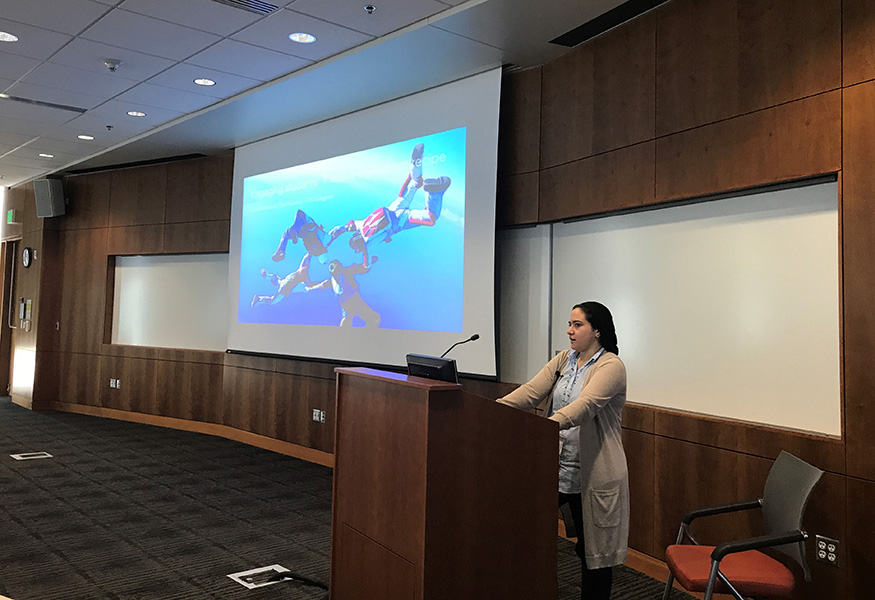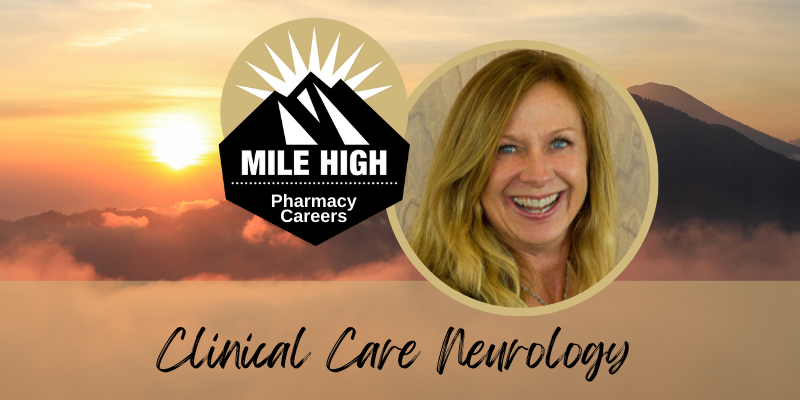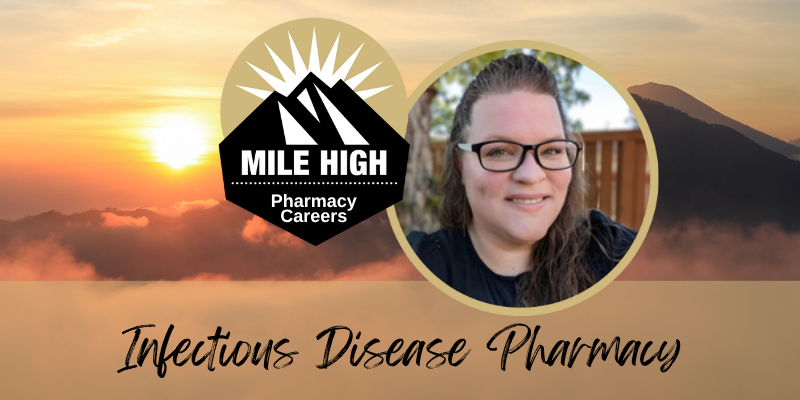The pharmacist has changed from a product-centered expert to a more global patient care health professional. In the past, pharmacists were required to learn about the medication, how to prepare it and how to educate the patient. Currently, there are a number of skills to acquire in order to be a proficient clinical pharmacist. These include: critical thinking, ethical decision making, literature analysis, communication skills, cultural sensitivity, inter-professional collaboration and a sense of continuous professional development.
The generations have also changed. Millennials (born 1982-2002) are asking a lot of questions and require a cause to be motivated. Therefore, the tools of education should be designed to address those new skills and tailored to motivate millennials in order to professionally succeed.
Five components to make pharmacy education more interesting to the new generation who are willing to become pharmacists include:
Effective communication:
- It is important to build a personal relationship and rapport with students. Students in general will be more motivated if they sense that their educator is keen on their success.
- Make it personal. Tell a story about your specialty or have them tell you a story related to your subject. It is always more efficient to link facts to a story.
- Break the attention cycle: in a 60-minute lecture, attention increases in the first 10 minutes, then declines in the next 45 minutes and then increases before the end. It is always advised to break the attention cycle by adding a story or an interactive question.
- In an online setting, videos make things much more interesting than text. In the International Trained PharmD (ITPD), professors introduce themselves and explain activities using video which overcomes the barrier of distance.
Represent the educational gap:
- Assessing background knowledge will help tailor the lecture based on the students' needs. This will help determine if they need to go back to basics or start from a higher learning point or apply information rather than convey knowledge.
- Asking students questions about the subject keeps them more engaged during a lecture. The feeling of "Oh my gosh, I do not know what to do in this case," will expand their attention span.
Make it relevant to clinical practice:
- One of the main challenges of education is tom communicate the relevance of information to current practice and how can it impact them as pharmacists.
- Formulate an assessment in a case based scenario. This will keep them fully engaged and focusing on finding the answer rather than passively receiving factual information. This will also help deliver a sense of continuous professional development later on.
- Use the Z to A approach. Give students a research question you are currently working on. This will give them a sense of reality. They will have to learn the basics and you may be surprised at how many valid ideas you receive.
Make it interactive and fun:
- Set the stage for students. They are usually highly energetic and creative! In some of the courses at CU, professors use peer lecturing techniques to make students learn better and develop their presentations skills while giving feedback on both.
- Use all the available resources. Who knew that games can be used for education? AT Cu, professors created games in infectious diseases to help students learn about different bugs and this is just one example of many.
- Other examples to consider: flip card mobile applications on smart phones, podcasts, YouTube and social media.
Develop assessment methods:
- Students retain about 30% of information five weeks after an exam. Therefore, some of the suggested methods for active learning can be used to formulate the grade rather than one final exam.
- One of the studies show that students prefer multiple assessment methods versus less tests to represent their grade.
I recently presented this topic to faculty members at CU. In my presentation, I showed a live visual of what millennials are like by presenting some of our millennial celebrities and people we look up to. I also suggest a key element that can be used to advanced education in pharmacy.
See the lecture on this link:
https://www.youtube.com/watch?v=JAms8XVhk2s
Questions and answers are located at: https://www.youtube.com/watch?v=k0K3zOp-RTY


.png)
